The Red Envelope: Billkin and PP Krit’s Take on a Love Story Beyond the Grave
In a cinematic landscape saturated with remakes, reboots and sequels, you might ...
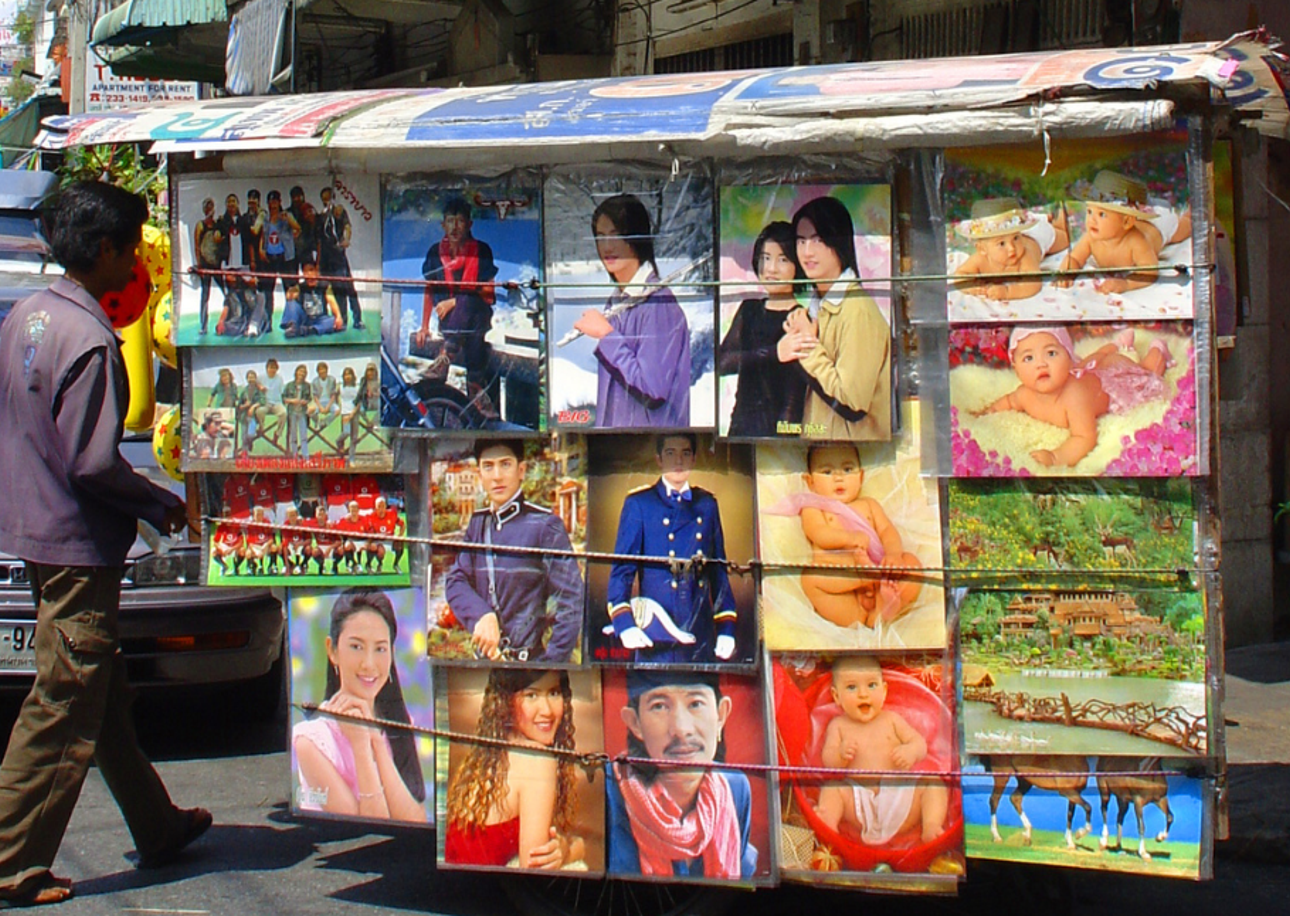
VERY THAI: In this new twice-monthly column, author Philip Cornwel-Smith explores popular culture and the topics covered in his best-selling books Very Thai and Very Bangkok. In this column, on his 30th anniversary of living in Bangkok, he reflects on the dramatic changes in his adopted hometown.
I arrived in Thailand thirty years ago this week as a young traveller – and I never left. That’s almost two generations, so the following recollections of bygone things may be ancient history to the digitised equivalents today.
In these days of cheap flights and smartphones, it’s hard to compute that Thailand still had a wild frontier, ringed by closed countries. What was a semi-hardship posting for expats then, has now become a plum posting. Vietnam veterans told war stories in the saloons of Washington Square, where EmSphere mall now hosts global brands that were mostly absent aside from Central Chidlom and Japanese department stores. It was mostly a traditional society, though Thailand’s Asian Tiger Cub economy was relentlessly turning Bangkok into a cosmopolitan World City.
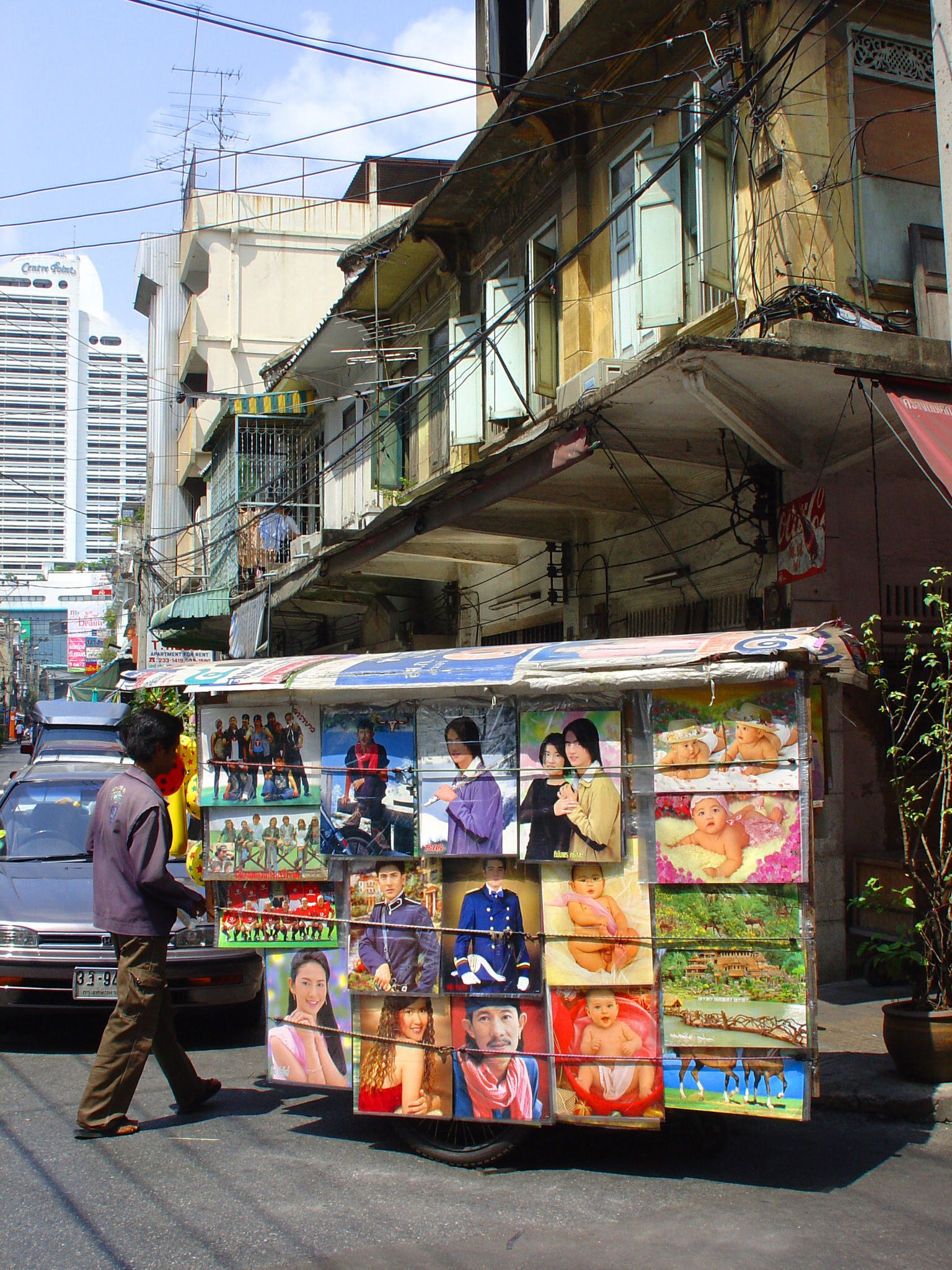
I settled here because I was hired to set up Bangkok’s first city listings magazine. Bangkok then had the world’s worst traffic jams, so before the BTS, and the empty first expressway then viewed as too pricy, residents tended not to stray far from home or work. So they perceived there was less going on in town than became apparent when in August 1994 we launched Bangkok Metro magazine, listing over 1,000 events or places a month. With more information and transit options, the city got easier to explore.
It was very hard to find out information, when venue owners guarded their drink prices like state secrets and reacted furiously to honest reviews that were not advertorial. Over time, consumer journalism got more accepted, and awards became independent rather than bought. The internet later made listings live, enabling anyone to post reviews, destroying the listings media, art maps, guidebooks and even digital magazines. While we now have too much data, there is again no independent selective central guide to finding out what’s on.
Two decades ago, the Thaksin Shinawatra’s social order policy tried to herd nightlife into Silom, Ratchada and RCA, with unprofitable early closing. Ironically, his party’s new government has just extended closing times to 4am in those zones, with more to follow.
One reason for that “Purachai Curfew” had been the city’s infamy for partying around the clock. Highways were dotted with massive soap-massage brothels, comedy cafés and all-in-one ’party houses’ with multiple venues, as traffic prevented bar-hopping. Patpong, Nana and Soi Cowboy were then the most prominent dens of debauchery, with after-hours denizens entering Thermae through its bathroom access. International-style bars were confined to Silom, Sarasin and few other spots, until a hundred theme-bars proliferated along Royal City Avenue (RCA), with novelty concepts like haunted house, school bus or sub-zero temperatures for wearing winter coats. Thonglor and Ekamai were sedate suburban roads known for neo-Classical wedding shops before Ganja Bar began its nightlife scene.
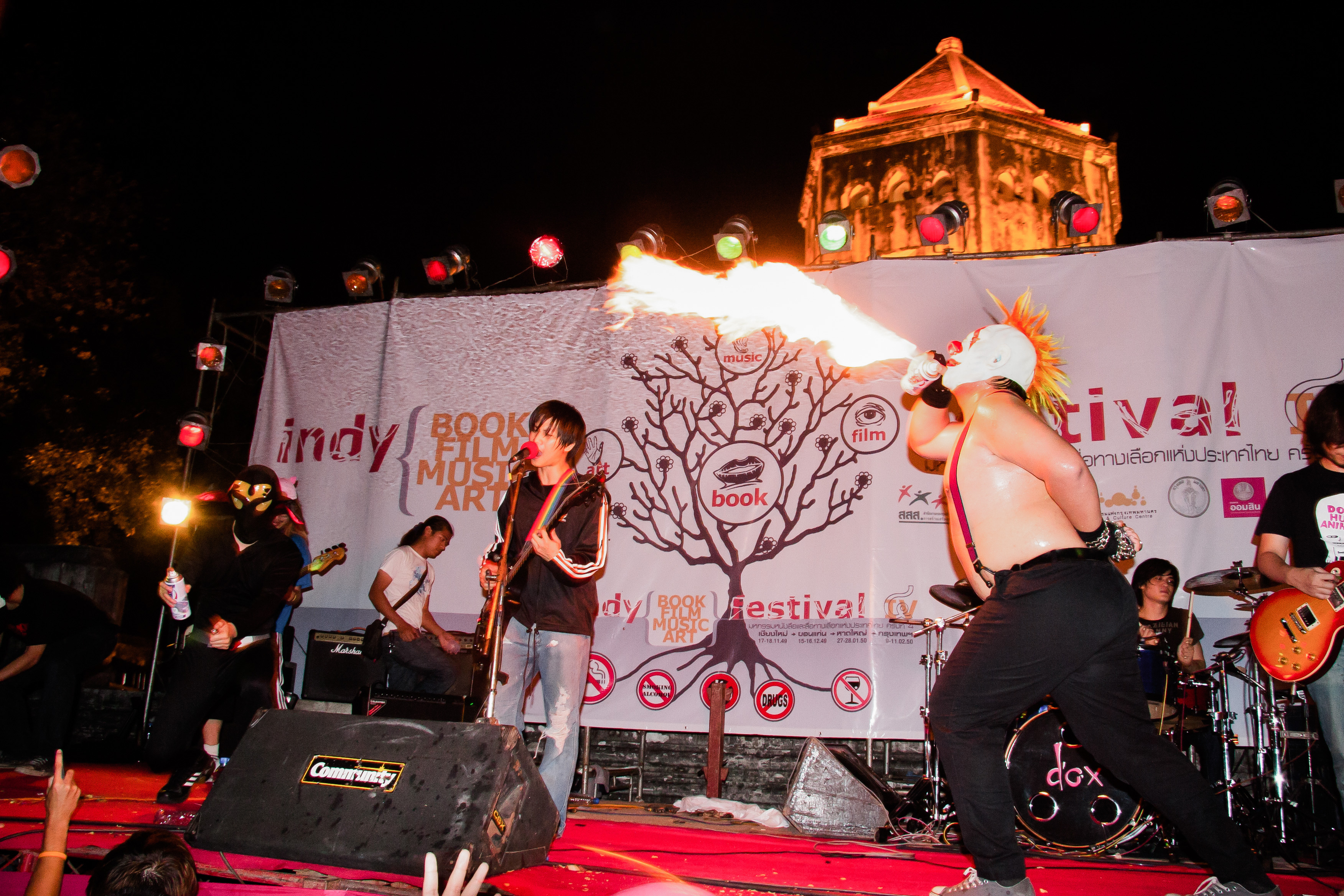
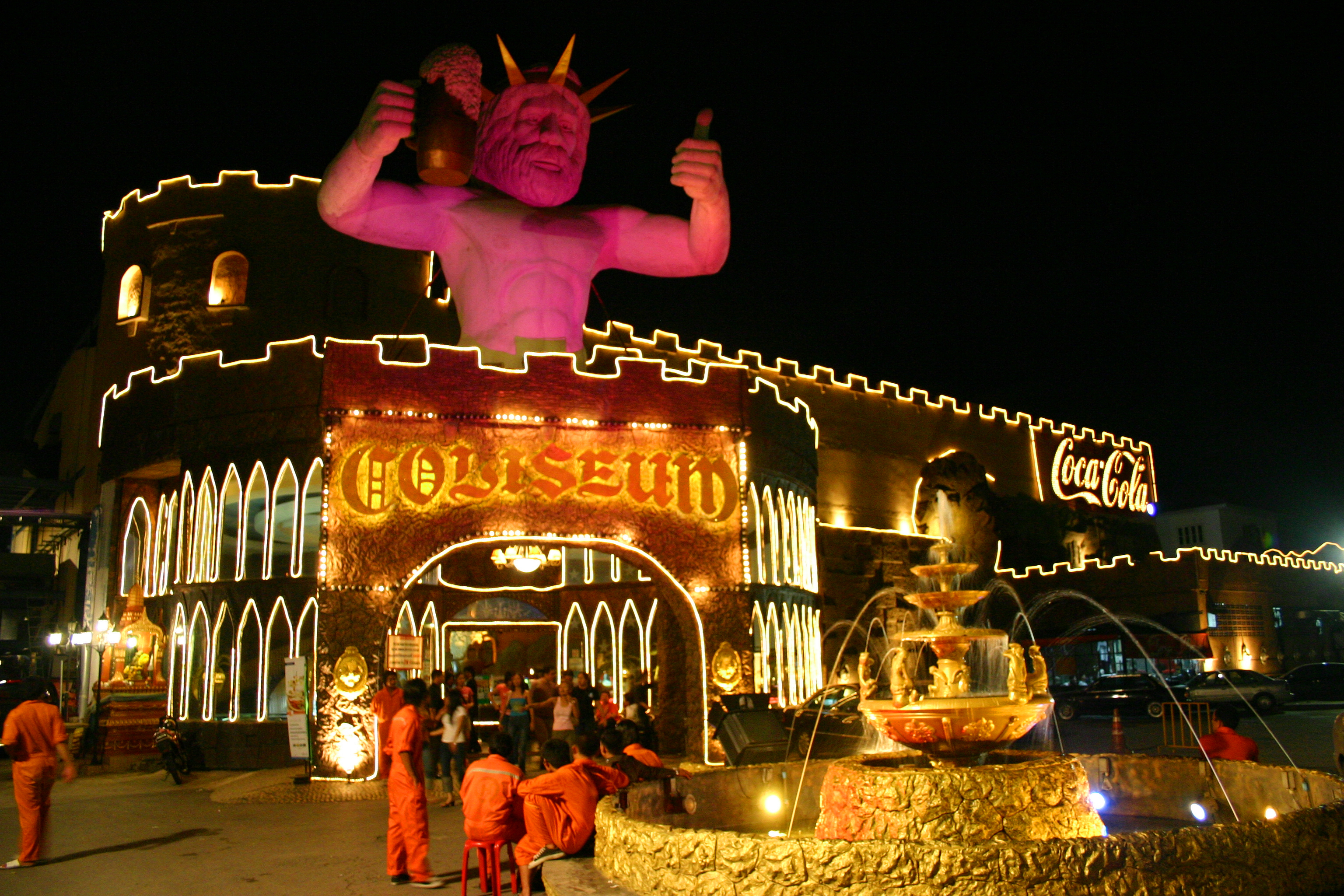
Outside of the better hotels, bars only sold by the bottle; just beer, whisky and a few other spirits, with almost no cocktails or other drinks widely available before the arrival of Q Bar in 2000. Lots of things were scarce in the 1990s, whether Marmite or muesli, and decent coffee, bread or cheese. Before the bountiful food halls and cafés of the late 2000s, Westerners and Japanese relied on a few specialist outlets.
Foreign films were dubbed into Thai or simply weren’t screened, while Thai films weren’t subtitled. Most were shown in stand-alone theatres with hand-painted murals across the frontage, now all gone, before the first multiplex opened in the late 1990s. Cable TV had only just arrived with one supplier. There was far less air-conditioning around, with restaurants mainly in houses with garden seating, now a rarity.
In the days when Ramkhamhaeng Road petered out into a rural lane, buildings went up anywhere without much planning. As vast tracts of streets looked so alike, lined by shophouses, it was hard to tell which road you were on. Pre-digital maps were also appalling, with most missing vast areas of sois off the highways. As distinctive towers and train stations have appeared, all better signed, it became far easier to orientate and navigate.
Trades concentrated in small zones, often for historical ethnic reasons. For a certain product or widget, you had to trek to that market or row of specialist shops, many of them in Chinatown, which was a grind to visit, with lanes crammed full of hawkers. Only after its trades and residents dissipated has Chinatown become gentrified and touristed, but with much of its unique character lost.
In that boom era, traditions were being tossed aside for modern imports and pirated fashions. Chatuchak Market overflowed with antiques from across the region, as well as wild animals and handicrafts that have largely disappeared from sale.
In a recent column I wrote about the current taste for monochrome. Back in the 1990s, personal style was rather lurid, with office ladies in neon-hued outfits, business owners in shiny Versace shirts and hi-so (high society) dames in giant hair and silk suits so vivid that their monogrammed sunglasses were needed for the glare. Architecture was just as loud and novelty-styled like a spaceship, castle or Lego toy. Malls were like theme parks, with cartoon-like attractions and rooftop waterparks with a volcano that ‘erupted’.
The Tom Yum Goong crash in 1997 revolutionised all that. As imports couldn’t be afforded, unemployed designers rediscovered indigenous assets like herbalism and weaving with water hyacinth from the river. As the economy recovered and Bangkok joined global trends in consumerism, tourism, and cultural commodification, Bangkok became renowned as a ‘Design City.’
Bangkok has gained many new parks since then, but lost so much tree cover as developers filled in gardens and open land. Elephants were a frequent site begging on streets. Ironically, the capital offered the pachyderms better foraging than their home province. Even near my downtown home, village-like enclaves hosted cockfights and fighting fish.
Possibly Bangkok’s most ecological governor, Bhichit Rattakul, promoted community walking streets, and built the first cycle path from Lumpini Park, which went nowhere until the recent expansion of Benjakitti Park, which then was the Thailand Tobacco Monopoly. Where One Bangkok’ towers are rising, the sport fields of the Armed Forces cadet school had been intended as another park, before the zoning changed during the site’s interim use as Suan Lum Night Bazaar. Citywide, markets have declined or gone upmarket – or inside the proliferating malls.
Breathing fine 2.5µg particles alarms us all, but we forget the awful pollution in the 1990s. Every day I could pull a finger through new dust that settled on indoor tables. Soot-belching vehicles, two-stroke engines, downtown industries and unfiltered cremation chimneys all added to the fine delta sediment being churned into the air by uncontrolled building. Too much scepticism, Governor Bhichit ruled that construction sites be sealed with gauze and metal walls, and their truck tyres washed. It worked instantly, proving that officials can succeed if they take on corporate offenders.
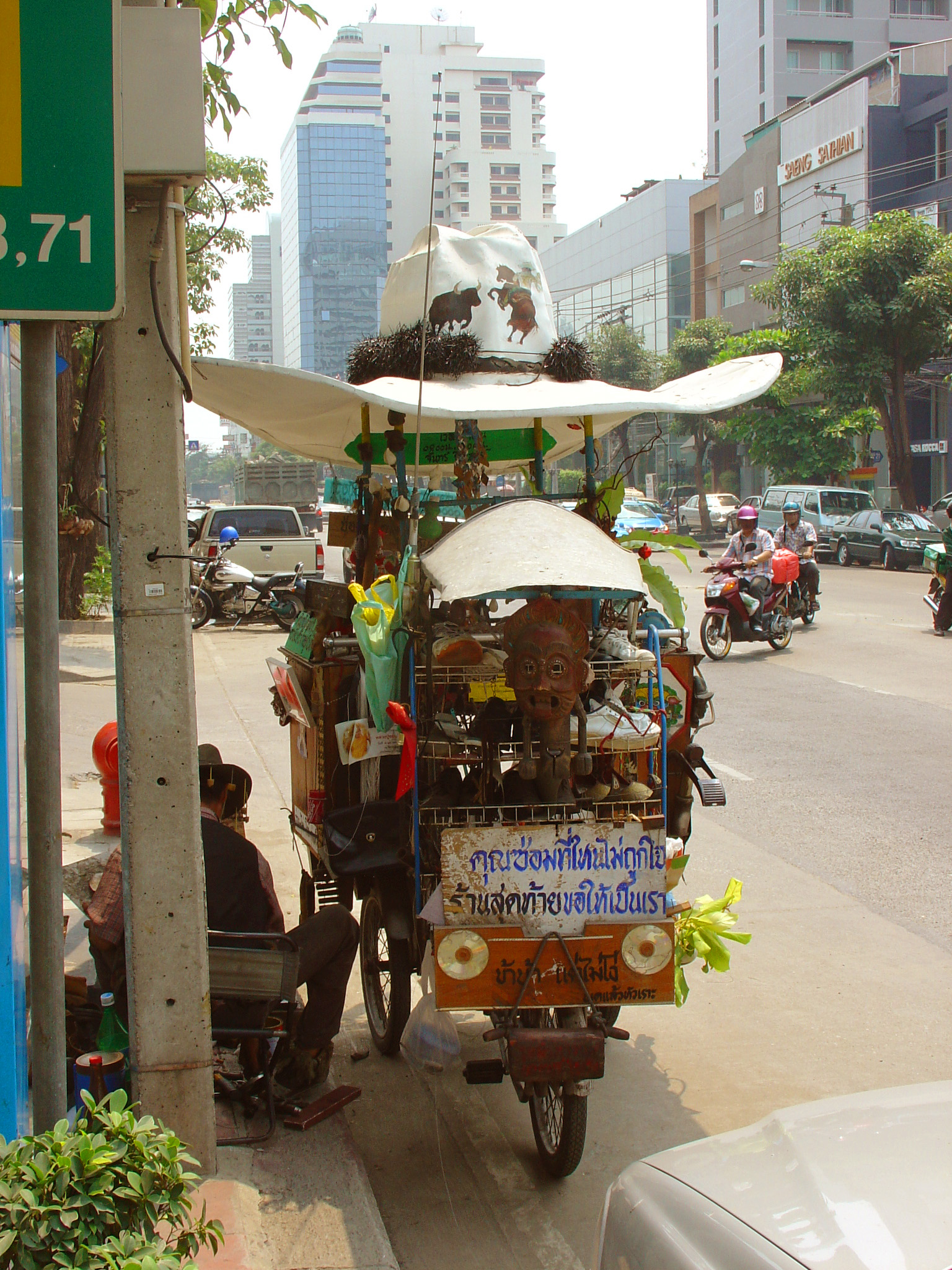
Perhaps what’s changed most isn’t physical, but mental. Political schisms have turned the citizens’ carefree, optimistic outlook into a darker, less deferential Land of Frowns, with divided communities coming together less for festivities. A democratic cultural opening since the 1992 ‘Black May’ massacre had spurred a sense of progress, and enabled an Indie youth movement to flourish. The 1997 crash was a terrible shock, but unleashed advances, until the political confrontations of 2008-2014 quashed that spirit. A clean-up mentality has been formalising the informal sector and reducing the constant surprises that are the city’s most endearing trait. Yet now that things are liberalising again, Bangkok has emerged as Southeast Asia’s pre-eminent metropolis – and is ripe for another reinvention.
This twice-monthly column, Very Thai, is syndicated by River Books, publisher of Philip Cornwel-Smith’s bestselling books Very Thai: Everyday Popular Culture and Very Bangkok: In the City of the Senses. The views expressed by the author of this column are his own and do not necessarily reflect the views of Koktail magazine.
In a cinematic landscape saturated with remakes, reboots and sequels, you might ...
Find out more about your celeb favourites and their most loved vacation ...
These top 5 barber shops in Bangkok are where gentlemen can elevate ...
While traditional TV shows are serving us endless boy-meets-girl tales. Thailand has ...
Sailorr and Molly Santana’s black grills fuse hip-hop swagger with homage to ...
Netflix Thailand has officially announced a new price for base subscriptions We’ve ...
Wee use cookies to deliver your best experience on our website. By using our website, you consent to our cookies in accordance with our cookies policy and privacy policy